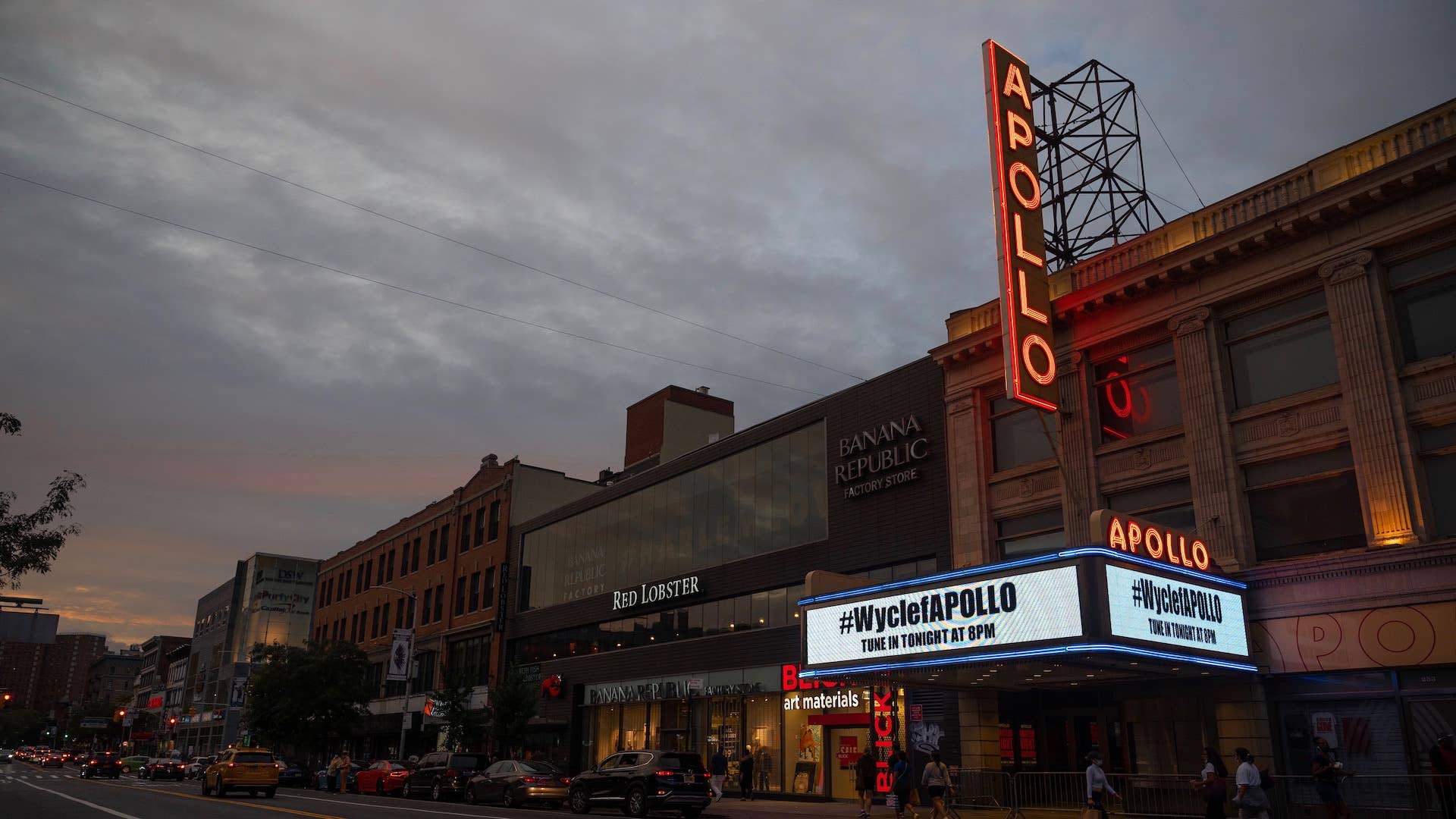
Gov. Andrew Cuomo announced Wednesday that New York’s entertainment venues can reopen at limited capacity beginning next month; however, some industry insiders say the decision simply doesn’t make financial sense.
According to the New York Times, the state’s arts and entertainment venues will be permitted to resume live productions starting on April 2 with a number of restrictions in place. Each space can operate at 33 percent capacity with a maximum of 100 people indoor events and 200 people for those being held outdoors. If attendees can provide proof of a negative COVID-19 test prior to entry, capacity may be raised to 150 and 500 people for indoor and outdoor events, respectively. All attendees will also be required to social distance and wear protective face coverings during the live performances.
“New Yorkers have done a tremendous job working to defeat COVID, and we’re gradually loosening restrictions as the numbers reduce and the public health improves,” Cuomo told reporters during a press conference in Albany. “It’s clear that if we remain vigilant, we will reach the light at the end of the tunnel. While we continue to expand access to the vaccine throughout the state, New Yorkers should double down on the behaviors that make such an important different fighting this pandemic—washing hands, wearing masks and social distancing.”
Although some producers and promoters said they intend to resume performances as soon as possible, others have expressed concerns over the partial-reopening plan. AEG CEO Jay Marciano previously told Rolling Stone that operating at a limited capacity would make it impossible to cover production and marketing costs. And when you factor in the additional expenses for extra sanitation and safety measures, many venues will likely lose money under these limits.
“We built an industry based upon selling out,” Marciano said. “It’s important for the experience. The first 50 percent of the tickets pay for expenses like the stagehands and the marketing, the ushers, and the rest and the venue, and the other 50 percent is shared between the artists and the promoter — so, if all you’re going to sell is 50 percent of tickets, nobody’s making any money. Selling 85 percent of tickets is roughly the break-even.”
Small, independent venues are also skeptical of the plan, and question whether it’s worth it to resume operations under COVID-19 restrictions—even if they’re allowed to operate at 100 percent capacity. Paul Rizzo, owner of NYC’s 230-person-capacity The Bitter End, told Rolling Stone he is also concerned about his patrons’ experience, as limited capacity and safety barriers may disrupt the performance’s overall energy and quality.
“No matter what capacity they let us go with, in clubs our size, social distancing will dictate capacity,” Rizzo explained. “I can’t set up the room with barricades between each table, because the room will sound like crap. I can’t put you at a table with four people with a plastic thing on one side. It’s terrible, and the whole room will sound bad. And my room is a delicate room for feedback as it is. If all the sound starts bouncing off that stuff, I don’t even know. It’s a nightmare.”

